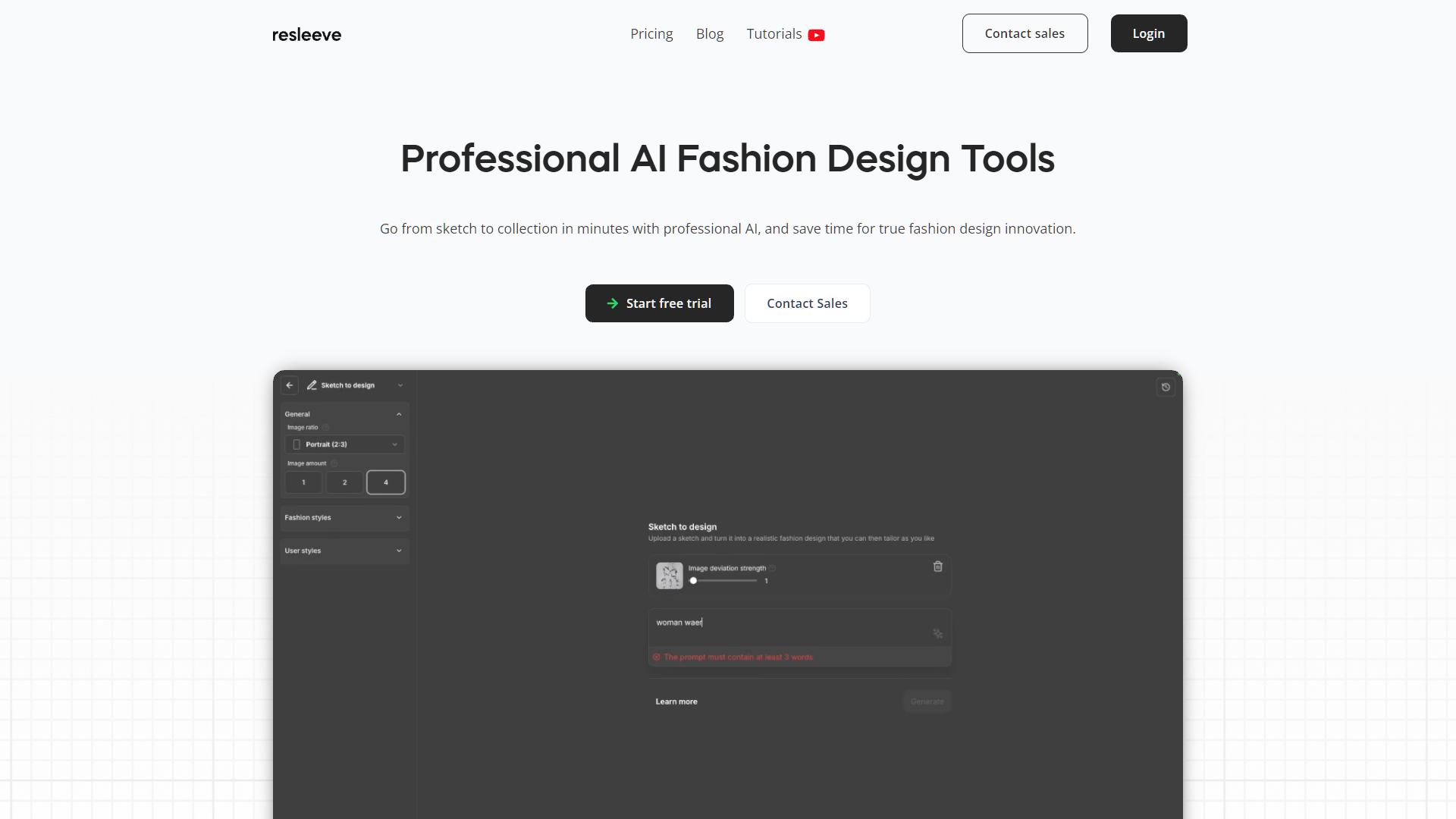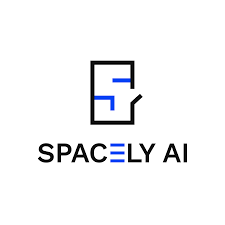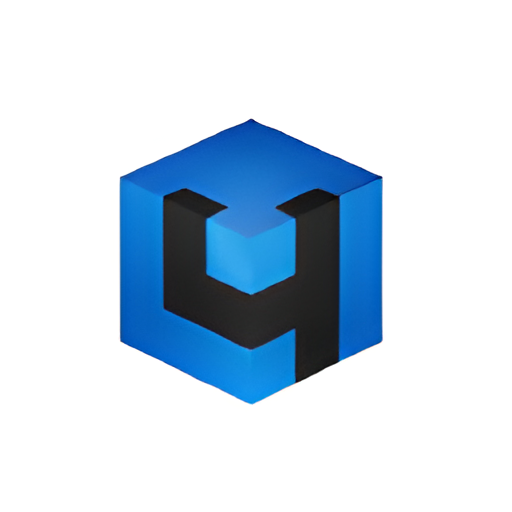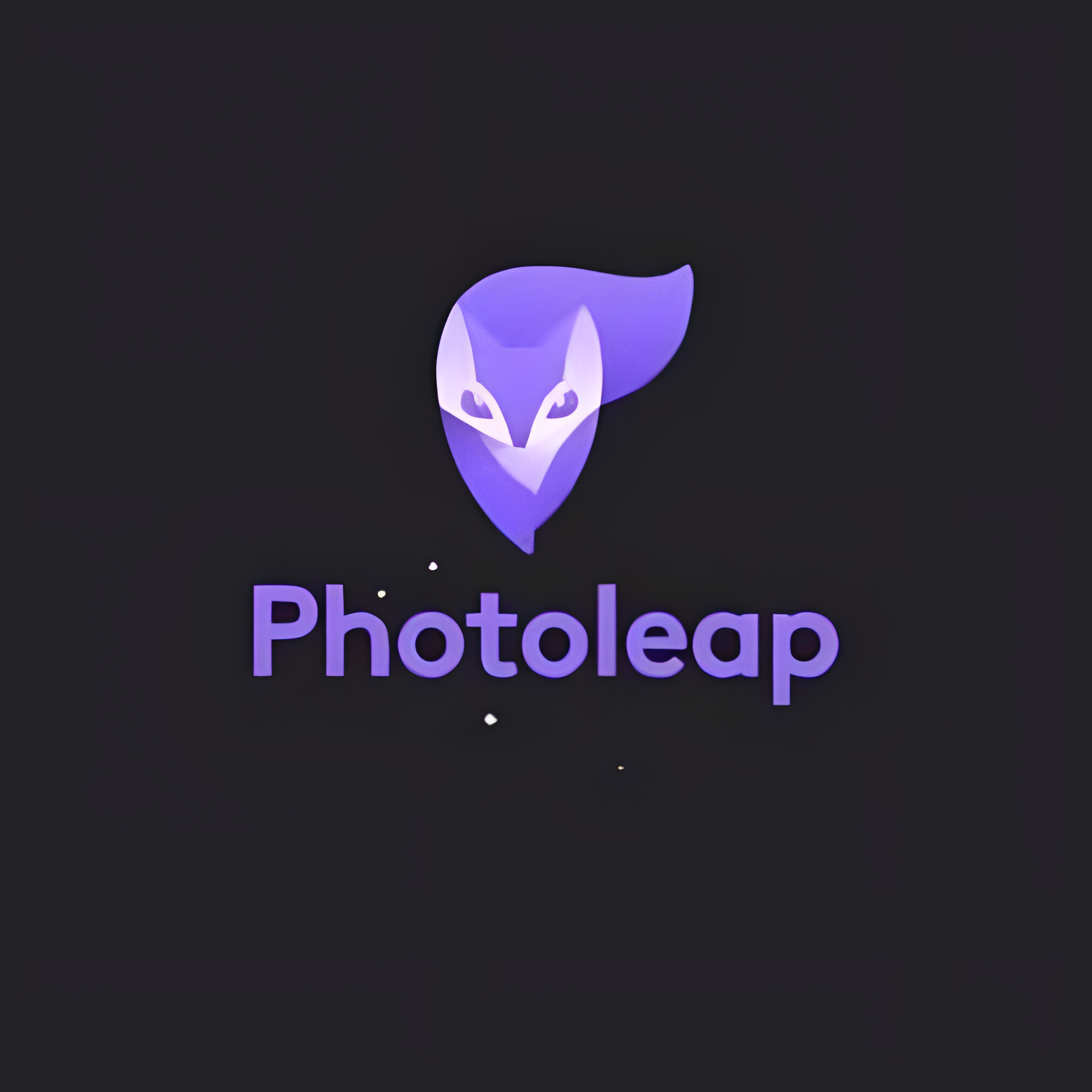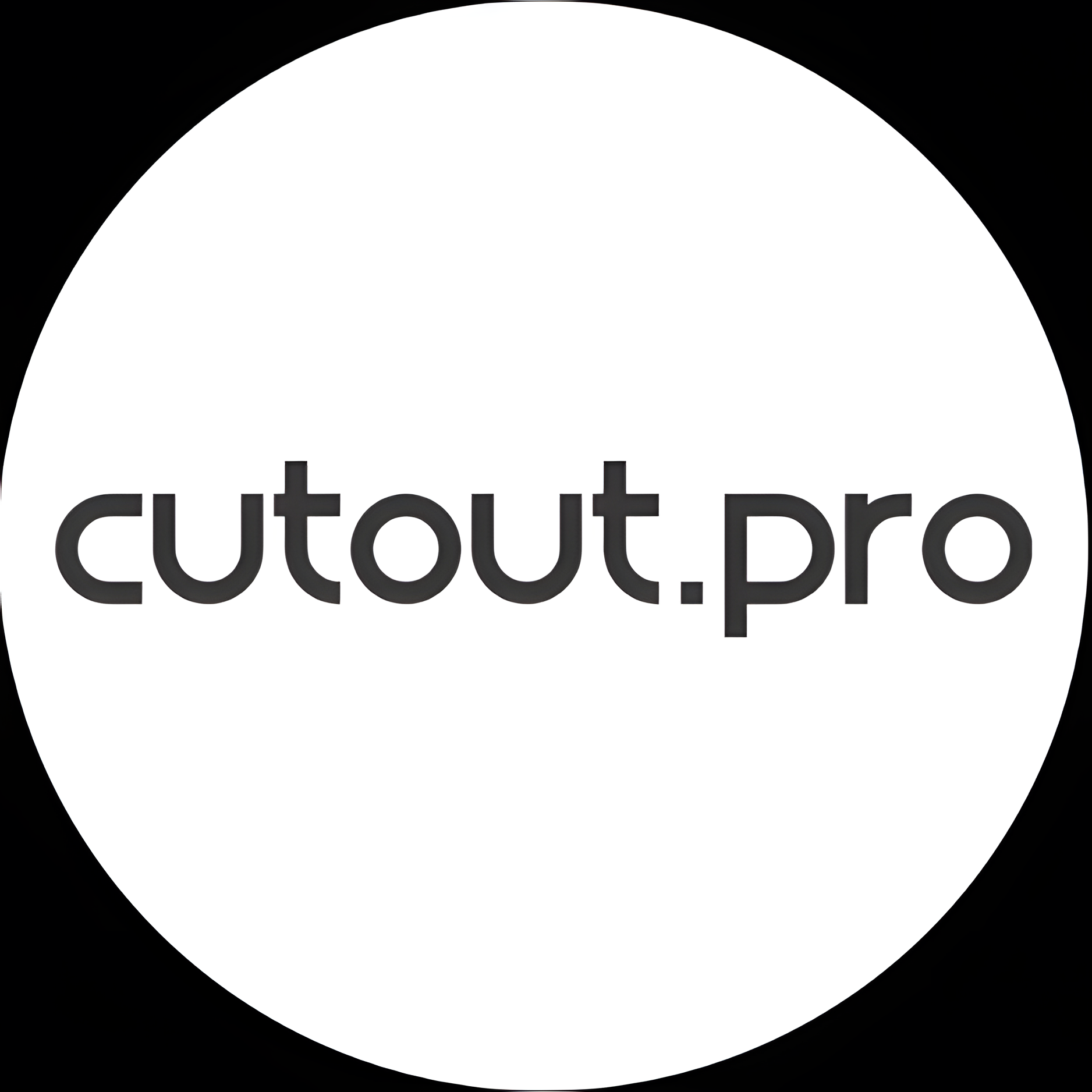Overview
Resleeve is a cutting-edge AI tool designed specifically for the fashion industry, aimed at transforming the way designers from leading brands like Adidas and Puma create their collections. This innovative platform allows fashion professionals to quickly turn their initial sketches into detailed, photorealistic visualizations, significantly speeding up the design process and enhancing the accuracy of the final products. With Resleeve, designers can effortlessly explore multiple design variations, create comprehensive lookbooks, and bring their most ambitious ideas to fruition with unparalleled ease.
The tool's standout feature is its ability to produce high-quality renders that facilitate effective communication between designers, feedback panels, and technical teams, ensuring that every detail is perfected. Testimonials from industry professionals such as Ugurcan Gulen, Joao Moreira, and Cindy Morawetz underscore Resleeve's role in boosting creativity and streamlining workflows, while also emphasizing the tool’s robust security measures, including GDPR compliance, data encryption, and strict adherence to data ownership rights.
For designers eager to experience Resleeve's capabilities, a free trial is available, complete with comprehensive tutorials to help users fully leverage the tool’s potential. Resleeve is not just a design tool; it's a platform that empowers fashion designers to innovate freely and efficiently, safeguarding their creative visions and proprietary designs.
Key features
- Photorealistic visualizations: Transform sketches into high-quality, photorealistic renders in seconds, enhancing communication and decision-making processes.
- Design variation exploration: Quickly generate multiple design variations to explore different creative options effortlessly, boosting productivity and innovation.
- Automated lookbook creation: Easily create professional lookbooks from your designs, streamlining the process and saving valuable time for other creative tasks.
- Data security and ownership: Ensures that all designs remain the intellectual property of the creator with robust encryption and GDPR compliance for user data protection.
- Interactive feedback integration: Facilitate real-time feedback from peers and stakeholders directly within the tool, speeding up revisions and final approvals.
- Comprehensive tutorial resources: Access a wide range of tutorials to quickly master the tool and unlock its full potential, enhancing your design capabilities.
 Pros
Pros
- Seamless integration: Seamlessly integrates with existing design software, allowing designers to maintain their workflow while utilizing new, powerful features.
- Real-time collaboration: Enables multiple users to work on the same project simultaneously, fostering teamwork and reducing project completion times.
- Scalable performance: Optimized for both small and large-scale projects, ensuring reliable performance and responsiveness regardless of project size.
- Environmentally friendly options: Offers features that help designers create sustainable designs, supporting eco-friendly initiatives and material choices.
- Advanced analytics tools: Provides detailed analytics on design performance and user engagement, aiding in making informed decisions based on user data.
 Cons
Cons
- High system requirements: Requires advanced hardware to handle the processing power needed for generating photorealistic renders and multiple design variations.
- Complex user interface: New users may find the interface overwhelming due to the multitude of features and advanced design tools available.
- Limited offline functionality: Most features, including feedback integration and lookbook creation, require a constant internet connection to function properly.
- Resource-intensive operations: The tool's advanced capabilities can lead to high usage of computer resources, potentially slowing down other applications.
- Overdependence on technology: Heavy reliance on the tool for design tasks might inhibit the development of traditional design skills and creativity.


